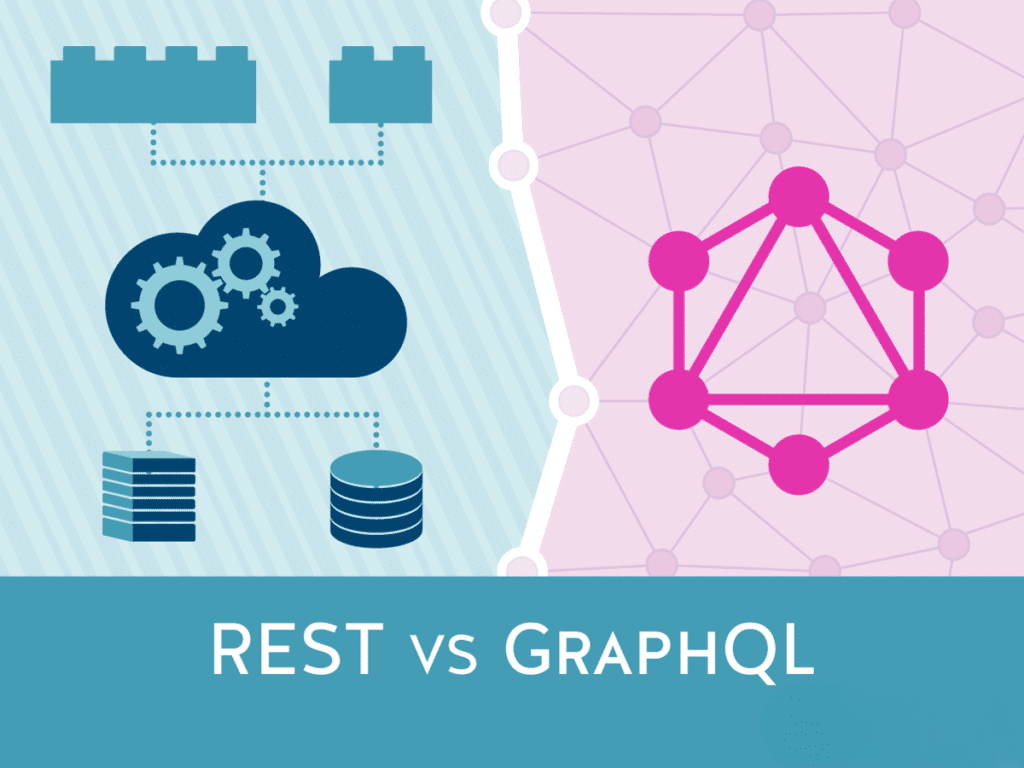As modern HR platforms evolve to serve increasingly dynamic and distributed workforces, how data is accessed and delivered becomes a critical concern. APIs are the backbone of these platforms, enabling seamless integration between systems, applications, and services. The debate between GraphQL and REST—two dominant API styles—has gained momentum in the HR tech space. While both approaches can support robust digital experiences, they differ significantly in how they handle data, performance, and flexibility.
In this blog, we explore the strengths and weaknesses of GraphQL and REST in the context of HR platforms and help you determine which is better suited for managing today’s agile, hybrid workforce.
Understanding REST: The Traditional Workhorse –
REST (Representational State Transfer) has long been the standard for building APIs. It relies on fixed endpoints to expose data—for example, /employees, /departments, or /benefits. Each endpoint serves a specific resource, and HTTP methods (GET, POST, PUT, DELETE) define the action taken.
For HR systems, REST APIs are commonly used to retrieve employee records, update payroll information, or sync data between HRIS and third-party tools. Their simplicity and predictability make them easy to use and implement across teams.
However, REST has limitations when dealing with complex, interconnected data—something modern HR platforms increasingly rely on. For example, fetching an employee’s profile along with performance data and benefits might require multiple round trips to the server, leading to inefficiencies in both speed and user experience.
Introducing GraphQL: The Flexible Alternative –
GraphQL is a newer API query language developed by Facebook that allows clients to specify exactly what data they need. Instead of multiple endpoints, GraphQL has a single endpoint where clients send structured queries. The server then responds with precisely the data requested—no more, no less.
This flexibility is a game-changer for HR platforms. Imagine an HR dashboard that displays an employee’s profile, current leave balance, assigned training modules, and recent feedback. With GraphQL, all this data can be retrieved in a single query, significantly improving performance and reducing the number of API calls.
Moreover, GraphQL’s schema-based design ensures better version control and allows frontend teams to evolve the UI without depending on backend changes—an advantage when building customizable portals for diverse workforce needs.
Performance and Efficiency in Dynamic Work Environments –
In a dynamic workforce environment—characterized by remote employees, gig workers, multiple job roles, and frequent updates—API efficiency is key. REST’s rigid structure can become cumbersome when new data relationships or UI elements are introduced. Adding new fields or nested data often requires creating new endpoints or modifying existing ones, which slows down development.
GraphQL, on the other hand, supports agility. Teams can adapt queries as needed without backend changes, enabling rapid feature development and more responsive employee experiences. This agility is especially useful in HR platforms that need to support real-time data views, personalized interfaces, and integrations with learning systems, scheduling tools, and wellness apps.
Security and Governance Considerations –
While GraphQL offers more flexibility, it can also introduce security complexities. Because clients can request deeply nested or broad datasets, poorly designed schemas may expose sensitive HR information unintentionally. Rate limiting, query complexity analysis, and schema validation become critical.
REST, by contrast, offers tighter control over what data is exposed and is easier to monitor and cache. For HR systems dealing with compliance requirements (e.g., GDPR, HIPAA), REST’s maturity and predictability can be advantageous if governance is a top concern.
However, security is manageable in both models—what matters is how the API is implemented and monitored. With proper controls, GraphQL can be just as secure as REST.
Developer Experience and Ecosystem Support –
REST benefits from a wide ecosystem of tools, documentation standards (like OpenAPI), and broad community support. Many HRIS platforms and third-party vendors still rely on REST, making it the default choice for integrations.
GraphQL is growing rapidly but requires a mindset shift. Its tooling (e.g., Apollo, GraphQL Playground) is excellent for introspection and debugging but may pose a learning curve for teams new to it. That said, developers often find GraphQL to be more productive, especially when building modern HR portals or mobile-first experiences where minimizing payloads and tailoring responses are important.
Conclusion –
In conclusion, both GraphQL and REST offer distinct advantages for HR platforms, but the right choice depends on your specific needs and the nature of your workforce. REST is reliable, well-supported, and ideal for systems that prioritize stability, strict access control, and legacy integrations. On the other hand, GraphQL provides the flexibility and efficiency needed to support dynamic, real-time HR experiences, especially for hybrid or rapidly evolving teams. As HR platforms become more employee-centric and data-intensive, the ability to deliver tailored, efficient API responses becomes increasingly important. For many organizations, a hybrid model—leveraging REST for foundational services and GraphQL for user-facing applications—can provide the ideal balance. Whichever path you choose, investing in scalable, modern API infrastructure is key to building a resilient and responsive HR ecosystem that empowers today’s diverse and distributed workforce.

